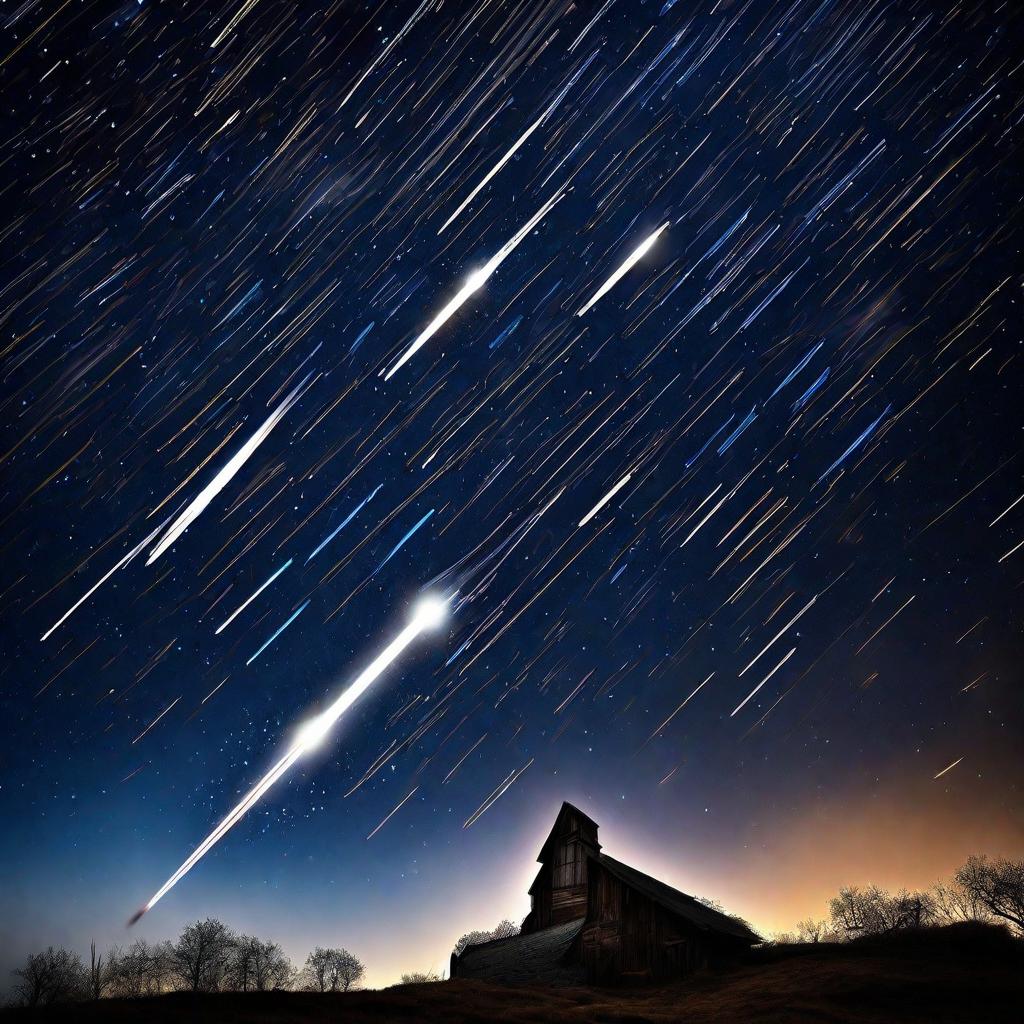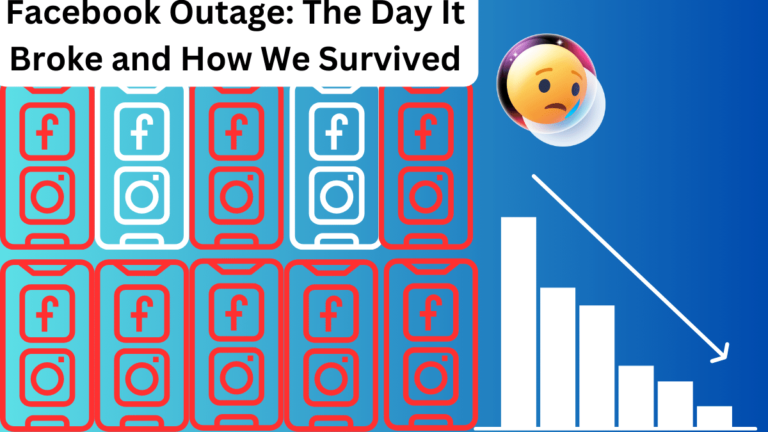Introduction
The night sky is about to put on a dazzling show, and it’s not Santa’s sleigh – it’s the Geminids meteor shower, a celestial spectacle that captivates sky gazers worldwide. Unlike many meteor showers, the Geminids are not comet-induced but instead originate from an asteroid. This unique feature results in brighter meteors without the typical trails seen in comet-derived displays.
Table of Contents
What Sets the Geminids Meteor Shower Apart
The Geminids meteor shower is anticipated to peak this week, promising an impressive display of up to 120 meteors per hour, painting the night sky with streaks of light. NBC 5 Meteorologist Kevin Jeanes sheds light on the distinctiveness of this celestial event, making it a must-see for astronomy enthusiasts.
Asteroid vs. Comet: The Brighter Side
Jeanes explains the science behind the Geminids, emphasizing how their asteroid origin contributes to the meteors’ brightness, outshining their comet-triggered counterparts. This unique characteristic adds a mesmerizing quality to the shower, setting it apart from other meteor displays.
When and Where to Catch the Show
Dates for Night Owls: Dec. 13 and 14
If you’re in the Chicago area, set your alarm for the early morning hours of Wednesday, Dec. 13, and Thursday, Dec. 14. The prime viewing time spans from midnight to 6 a.m. on both days, promising a celestial spectacle worth staying up for.
Escaping City Lights for Optimal Viewing
To make the most of this celestial event, Jeanes advises viewers to escape the city lights and allow their eyes to adjust to the darkness for at least 30 minutes. Preparedness is key, so dress warmly and bring blankets if you plan on catching the Geminids in action.
Sky Conditions Matter
Stay informed about hourly sky conditions by using the NBC 5 app, ensuring you have the best possible view of the meteor shower. The Adler Planetarium adds a helpful tip: face east for an optimal Geminids viewing experience.
Upcoming Meteor Showers
Ursids Meteor Shower – Dec. 22 and 23
Following the Geminids, the Ursids meteor shower will grace the morning sky on Friday, Dec. 22, and Saturday, Dec. 23. While this shower might only offer five to 10 meteors per hour, it’s still a celestial event worth catching, despite the challenge posed by a nearly full moon.
Quadrantids Shower – Jan. 4
As we bid farewell to 2022 and welcome 2023, the Quadrantids meteor shower is set to peak on Thursday, Jan. 4. This shower is expected to bring between 40 and 100 meteors per hour, appearing near the Big Dipper in the northeast sky during the early morning hours.
Beyond the Peak: Meteor Showers’ Extended Visibility
It’s essential to note that meteor showers remain visible outside their peak dates. These celestial displays often last for weeks, providing ample opportunities for sky gazers to witness nature’s breathtaking light show.
Conclusion
The Geminids meteor shower offers a celestial spectacle that should not be missed. With its asteroid origin, increased brightness, and the promise of up to 120 meteors per hour, this meteor shower is a highlight in the night sky. As we gear up for upcoming meteor showers like the Ursids and Quadrantids, the cosmos continues to provide awe-inspiring displays for those willing to look up.
Can I see meteor showers outside their peak dates?
A: Yes, meteor showers often last for weeks, allowing visibility beyond their peak dates.
What makes the Geminids different from other meteor showers?
The Geminids are unique as they are produced by an asteroid, resulting in brighter meteors without the typical trails seen in comet-derived showers.
Why is it important to face east when viewing the Geminids?
Facing east ensures the best possible view, according to the Adler Planetarium, as skies will be darker due to the new Moon on Dec. 12.
How many meteors can I expect during the Ursids meteor shower?
The Ursids meteor shower is likely to offer between five to 10 meteors per hour.
What should I do to optimize my viewing experience of meteor showers?
Escape city lights, allow your eyes to adjust to the darkness, and use peripheral vision to locate objects in the sky for an optimal viewing experience.






















+ There are no comments
Add yours